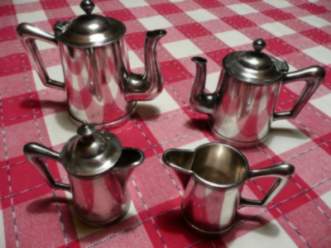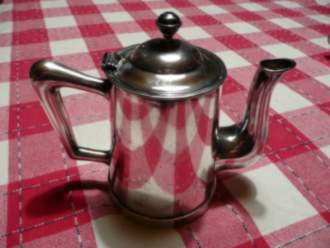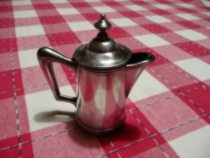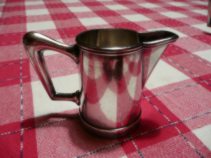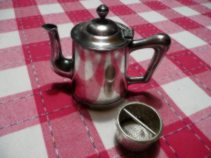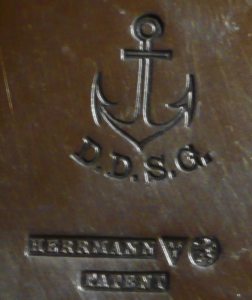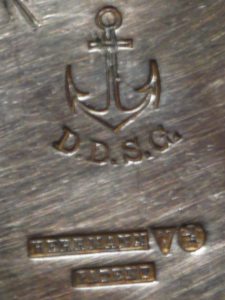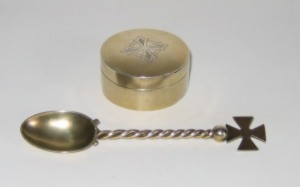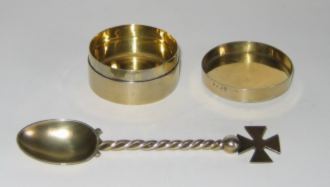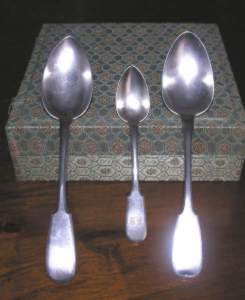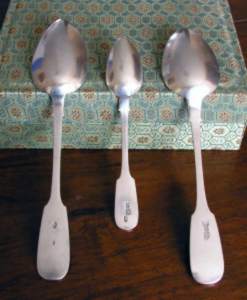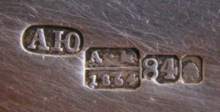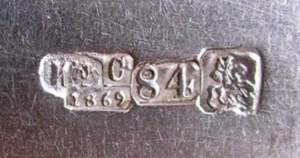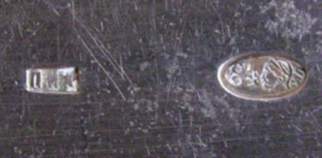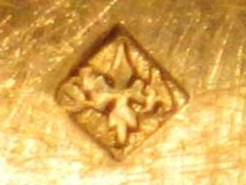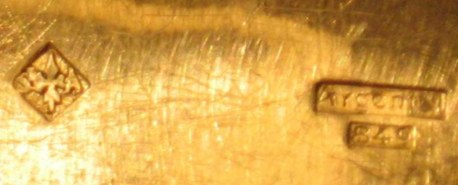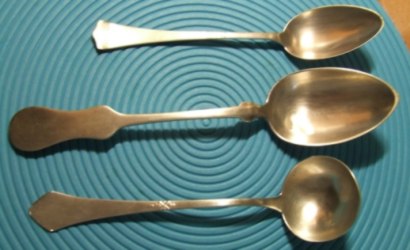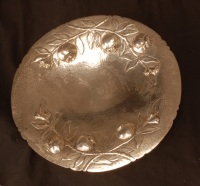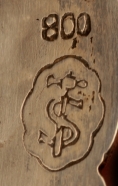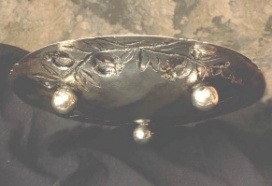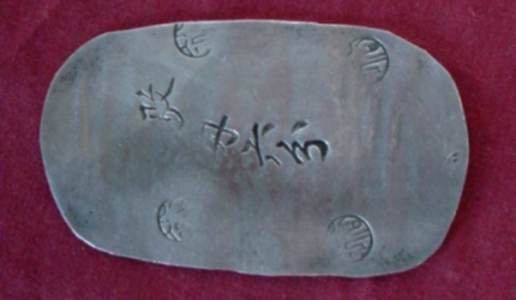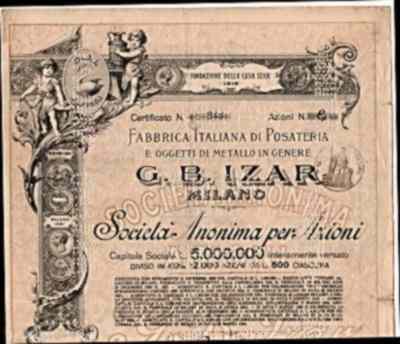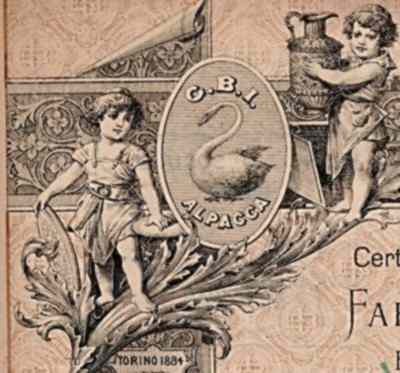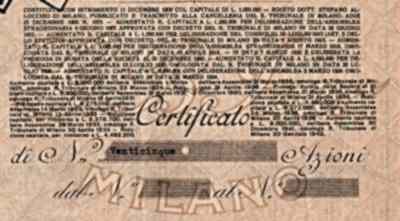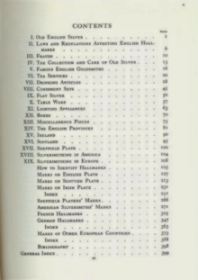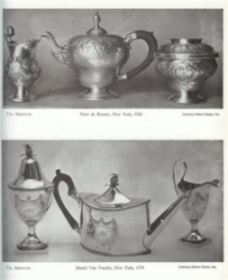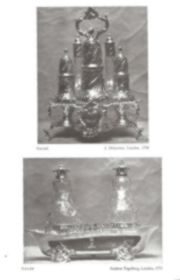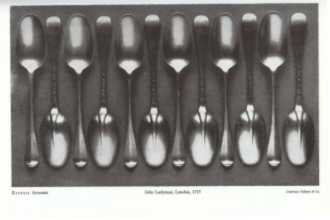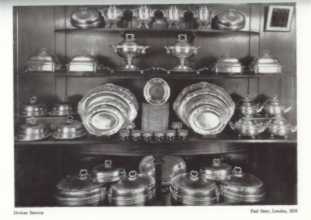 newsletter # 46 - MARCH 2008
newsletter # 46 - MARCH 2008www.ASCASonline.org
email: silverassociation@yahoo.it
YOUR GUIDE TO MARCH NEWSLETTER:
articles new members
members' window
|
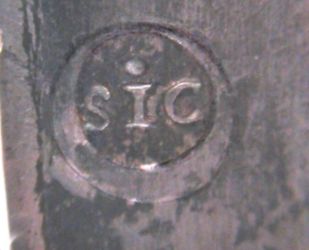
Franco Negrini and Francesca
Rapposelli present: |
 Willand Ringborg presents:
Willand Ringborg presents:THE VIOLIN HANDLE - development of rococo style in Swedish silver soup spoons In Sweden, the French influence in art and craftsmanship came to its full expression by the crowning of King Gustaf III year 1772. He was a strong admirer of continental art and culture, particularly French, built the Royal Opera, started academies of literature and art (and sciences). And the French language became literally "Lingua Franca" in the Swedish court. Court architects, ebonists, decorators, fountain makers and fire-works designers were called for service in Stockholm from abroad....... click here |
New members
Welcome to new ASCAS members:
Maurice Bethell - England UK
William Paul Butt - Scotland UK
Theo Delder - The Netherlands
Tony Duke - Canada
Cheron Frazier - USA
Shea Hecht - USA
Damon Kenton - USA
Alexis Kowalsky - USA
Victoria Obey - USA
Giselle Luci Parisi - USA
Peter Thorley - Australia
André Van den Kerkhove - Belgium
Larry Wiles - England UK
Gregory Wachter - Canada
Ann Wilhelm - USA
Members' Window # 46
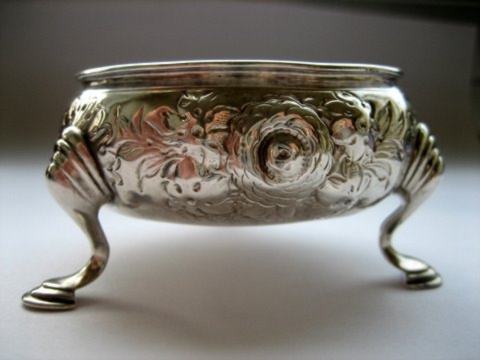
|
Mail to ASCAS: e-mail silverassociation@yahoo.it
Gregory La Vardera writes:
...this is the story of the pieces as I know:
These are four silver pieces which appear to be service pieces
for tea or coffee. The story behind them is my uncle returned
from Europe with these after his service in World War II. He was
a collector of sorts, and while he was there he traded to
collect various artifacts. I somehow ended up with these after
my parents moved and cleared out their house.
The pieces are marked with an anchor, and the initials DDSG and
another mark that reads HERRMANN. The story in the family about
these was that they belonged to a German Naval officer during
WW2. I'm not entirely sure that this is true - I've found that
the DDSG was the Danube Steam Shipping Company which was a
shipping outfit in Austria. The company may have been in the
service of the Germans during the war and this may have hatched
the story, or the pieces may have originated with the shipping
company and went with one of their captains when he transferred
to serve on a German naval vessel.
- The first piece is a coffee or tea pot marked 50cl on the
bottom. It is approx 6" tall and 4" at the base. The photos of
this piece are marked 50cl.
- The second piece is a tea pot marked 30cl on the bottom. It
includes a small strainer that fits inside under the lid. It is
approx 5" tall and 3" at the base. The photos of this piece are
marked 30cl.
- The third piece is a small lidded pitcher. It is approx 4"
tall and 2" at the base. The photos of this piece are marked
creamer (although I am not sure of its intended function).
- The fourth piece is an open pitcher. It is approx 3" tall and
2" at the base.
I have included one photo of the group, and individual photos of
each piece, the bottom of each piece, and a close up of the
markings on each piece. I found information about the DDSG at
this web site:
http://www.economy-point.org/f/first-danube-steam-shipping-company.html
and:
http://pubwww.carnet.hr/fame/descr/ah-s.html
If anybody has more knowledge of this than I, or can help me
fill in the story of these pieces I would welcome any
information.
Thank you!
My best,
Greg La Vardera
Pamela Coates writes about the article "Travelling for Faith"
on February Newsletter:
... Kudos yet another exciting newsletter. Thank you for your
continued good works.
One question - the "spoon" that is shown in the Holy Communion
set - is that used for the holy wafers? Not being a Catholic, I'm
not familiar with this particular piece
Thanks again
Pam
Giovanni Ciceri (author of the article) supplies the
information obtained by the link
http://www.orthodoxresearchinstitute.org/articles/liturgics/muksuris_holy_spoon.htm
"It is important for us to know that the early Christians used
to receive Holy Communion in a completely different manner than
the present practice in the East. They received from the
celebrant a portion of the consecrated Bread into their hands,
and they communed directly from the chalice, exactly the way
priests do today. In fact, some of the more ancient liturgies,
such as the Alexandrian Liturgy of St. Mark and the Jerusalemite
Liturgy of St. Iakovos, still call for the lay people to commune
in this way. Because of the fear of accidents, the Church
adopted, in time, the use of tongs, with which the elements were
mingled together and placed carefully into the mouths of the
communicants through this instrument. By the ninth century, the
Church changed over to the Communion spoon for the same
practical reasons, and it is this practice that remains in place
today.>"
Gustav Roos writes
... Dear Giorgio, I write about three Russian silver spoons of
which I tried to identify the makers using the information in
your website (editor's note: Gustav refers to
www.silvercollection.it):
spoon 1 - St.Petersburg 1899-1908 (Postnikova-Loseva # 3881
spoon 2 - Moscow 1869
spoon 3 - Moscow 1864 - assayer Aleksandr Nikolaevich Mitin (Postnikova-Loseva
# 1175)
I hope you may confirm, correct and complete my observation.
Moreover, in your page dealing with "fakes" there's a mark very
similar to the mark of my spoon 3. I don't believe that my spoon
is a fake as it belongs to my family from three generations at
least.
Thank you for your help
Gustav Roos
I agree with your observation. Your spoons look to be
authentic Imperial Russia silver.
Their marks present some incoherence. Anyway I'll try to help
you with few observations.
- spoon dated 1812: town mark appears to be Moscow, end of 19th
century (not coherent with date). Silversmith and assayer not
found
- spoon date 1864: town mark is rubbed, but appears to be Orgeev
and not St.Petersburg (an A.M assayer is present in St.
Petersburg)
- spoon date 1869: town mark is Moscow, but, unusually,
silversmith mark and assayer mark are over-stamped (and not
readable)
I trust in the help of ASCAS members for a more qualified
examination of your marks.
Giorgio Busetto
Frédéric Madelenat writes:
... I'm trying to find information about my silverware. Can
someone identify these marks?
Thank you in advance
Frédéric Madelenat
Replies to questions
| Vadim Dardik
receives these replies about the marks of his spoons
( see February Newsletter) Ellen Fuerst writes: ... While I don't recognize the first two marks, I
can confirm that the Diana symbol in the five-lobed
cartouche was used between 1887 and 1922 in the former
Austro-Hungarian Empire. Because the cartouche is
five-lobed (and probably also contains the numerical "3"
in the left-hand lobe), the silver piece is 800 silver.
There also should be a letter somewhere in the lobes,
referring the city of manufacture. A stands for Vienna,
B for Linz, C for Prague, etc. through V for Zagreb.
Dorothea Burstyn writes:
|
Giampiero Ierbulla writes about his hand
hammered dish
( see March 2006 Newsletter) ... with the help of Anna Clerici, Finarte Auction House, I identified
the mark "hammer and S intertwined" presented in
March 2006 Newsletter of ASCAS.
|
|
Thomas Richardson
receives these replies about his Chinese
Silver Coin
( see February Newsletter) John Lawrence writes: ...A friend has supplied the
following information on this coin:
|
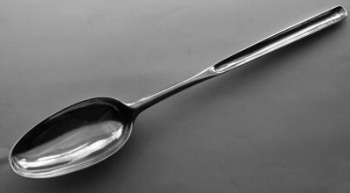
|
MARROW SCOOP
|
"A BOOK ON MY SHELF"
In this column
we present books, new or ancient,
dealing with silver in all its aspects (history,
marks, oddities...). This isn't a "book
review" but only a fair presentation of
some useful "tools" that anyone may have
in the shelf of his bookcase.
ASCAS members are invited to contribute
to this column
(click to enlarge images)
The "book on the shelf" of this month
is presented by Karin Sixl-Daniell:
THE BOOK OF OLD SILVER - English -
American - Foreign
by Seymour B. Wyler
Crown Publishers, New York, Twentieth
Printing, June, 1966 (THE FIRST EDITION
was first published in 1937)
As you can see, on the cover it not only
says "More Than 20,000 Hallmarks", but
also is proud to be "Profusely
Illustrated".
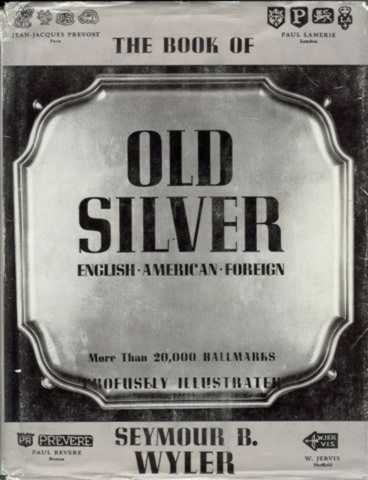 |
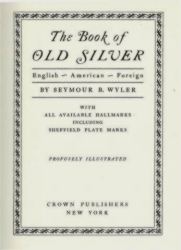 |
Closing our MARCH 2008 edition of ASCAS Newsletter I hope you have appreciated its content.
Your comments, suggestions and advice will be of great help.
My thanks to Dorothea Burstyn, Giovanni Ciceri, Pamela Coates, Jayne Dye, Ellen Fuerst, Giampiero Ierbulla, Gregory La Vardera, John Lawrence, Robert Massart, Franco Negrini, Francesca Rapposelli, Willand Ringborg, Gustav Roos, Karin Sixl-Daniell, JoAnne Wilkinson for their invaluable contributions.
Giorgio Busetto
Secretary
ASCAS is a community of
people having a common interest
in antique silver.
|
|
|

